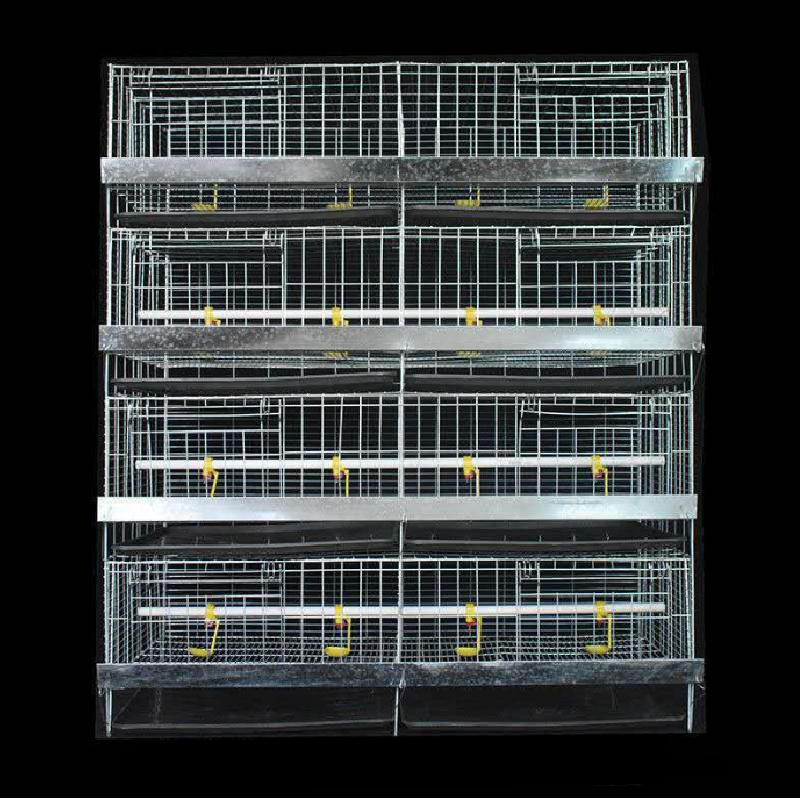Exploring the Benefits of Advanced Fish Feed Pelletizing Equipment for Optimal Aquaculture Nutrition
Aug . 06, 2024 05:26 Back to list
Exploring the Benefits of Advanced Fish Feed Pelletizing Equipment for Optimal Aquaculture Nutrition
The Importance of Fish Feed Pelletizer Machines in Aquaculture
In recent years, the aquaculture industry has witnessed tremendous growth due to the increasing demand for fish and other aquatic products. This surge in demand has created a pressing need for effective and efficient feed production methods. One of the most significant technological advancements in this field is the fish feed pelletizer machine, which plays a crucial role in ensuring that fish receive high-quality and nutritious feed.
Understanding Fish Feed Pelletizer Machines
A fish feed pelletizer machine is a specialized piece of equipment designed to convert raw ingredients into fish feed pellets. These machines operate by grinding the raw materials, mixing them with water and additional nutrients, and then processing the mixture through a die to create the desired pellet size and shape. The resulting pellets are uniform, easy for fish to consume, and can retain their nutritional value over time.
Benefits of Using Pelletized Feed
1. Enhanced Nutritional Quality One of the primary advantages of using a fish feed pelletizer is the ability to create customized feed formulations tailored to the specific dietary needs of different fish species. By controlling the ingredients and their proportions, aquaculturists can ensure that their fish receive a balanced diet that promotes growth and overall health.
2. Reduced Feed Wastage Pelletized feed is less prone to disintegration in water compared to traditional loose feed. This characteristic minimizes feed wastage, leading to more efficient feed utilization and reduced feeding costs. Less wastage also contributes to better water quality in aquaculture systems, as there is less litter to decompose.
fish feed pelletizer machine

3. Improved Feed Digestion The pelleting process enhances the digestibility of the feed. By subjecting the feed ingredients to heat and pressure, pelletizing breaks down tough fibers and makes nutrients more accessible for fish. This improved digestibility can lead to faster growth rates and better feed conversion ratios, benefiting both the aquaculturist and the environment.
4. Versatility in Feed Production Pelletizer machines are highly versatile; they can process a wide variety of ingredients, including fish meal, plant proteins, grains, and vitamins. This versatility allows producers to adapt their formulations based on available resources and market trends, ensuring a steady supply of quality feed.
Types of Fish Feed Pelletizer Machines
There are different types of fish feed pelletizer machines available today, catering to various production scales.
- Flat Die Pelletizers These are suitable for small to medium-scale operations. They are relatively simple to operate and maintain, making them ideal for small aquaculture farms or feed production units. - Ring Die Pelletizers Used in larger production facilities, ring die pelletizers provide high efficiency and can produce a larger quantity of pellets in a shorter time. They offer better control over pellet size and quality, making them suitable for commercial feed manufacturing.
Conclusion
Investing in a fish feed pelletizer machine is a step toward enhancing the efficiency and sustainability of aquaculture operations. Not only do these machines provide significant benefits concerning feed quality, wastage reduction, and nutrient digestibility, but they also offer flexibility to adapt to changing needs in the industry. As aquaculture continues to expand to meet global food demands, the role of fish feed pelletizer machines will undoubtedly become even more critical in ensuring that fish farming practices are efficient, sustainable, and profitable. Embracing this technology is essential for aquaculturists seeking to improve their production capabilities and ensure a healthy future for both their businesses and the aquatic life they cultivate.
-
Hot Sale 24 & 18 Door Rabbit Cages - Premium Breeding Solutions
NewsJul.25,2025
-
Automatic Feeding Line System Pan Feeder Nipple Drinker - Anping County Yize Metal Products Co., Ltd.
NewsJul.21,2025
-
Automatic Feeding Line System Pan Feeder Nipple Drinker - Anping County Yize Metal Products Co., Ltd.
NewsJul.21,2025
-
Automatic Feeding Line System - Anping Yize | Precision & Nipple
NewsJul.21,2025
-
Automatic Feeding Line System - Anping Yize | Precision & Nipple
NewsJul.21,2025
-
Automatic Feeding Line System-Anping County Yize Metal Products Co., Ltd.|Efficient Feed Distribution&Customized Animal Farming Solutions
NewsJul.21,2025






